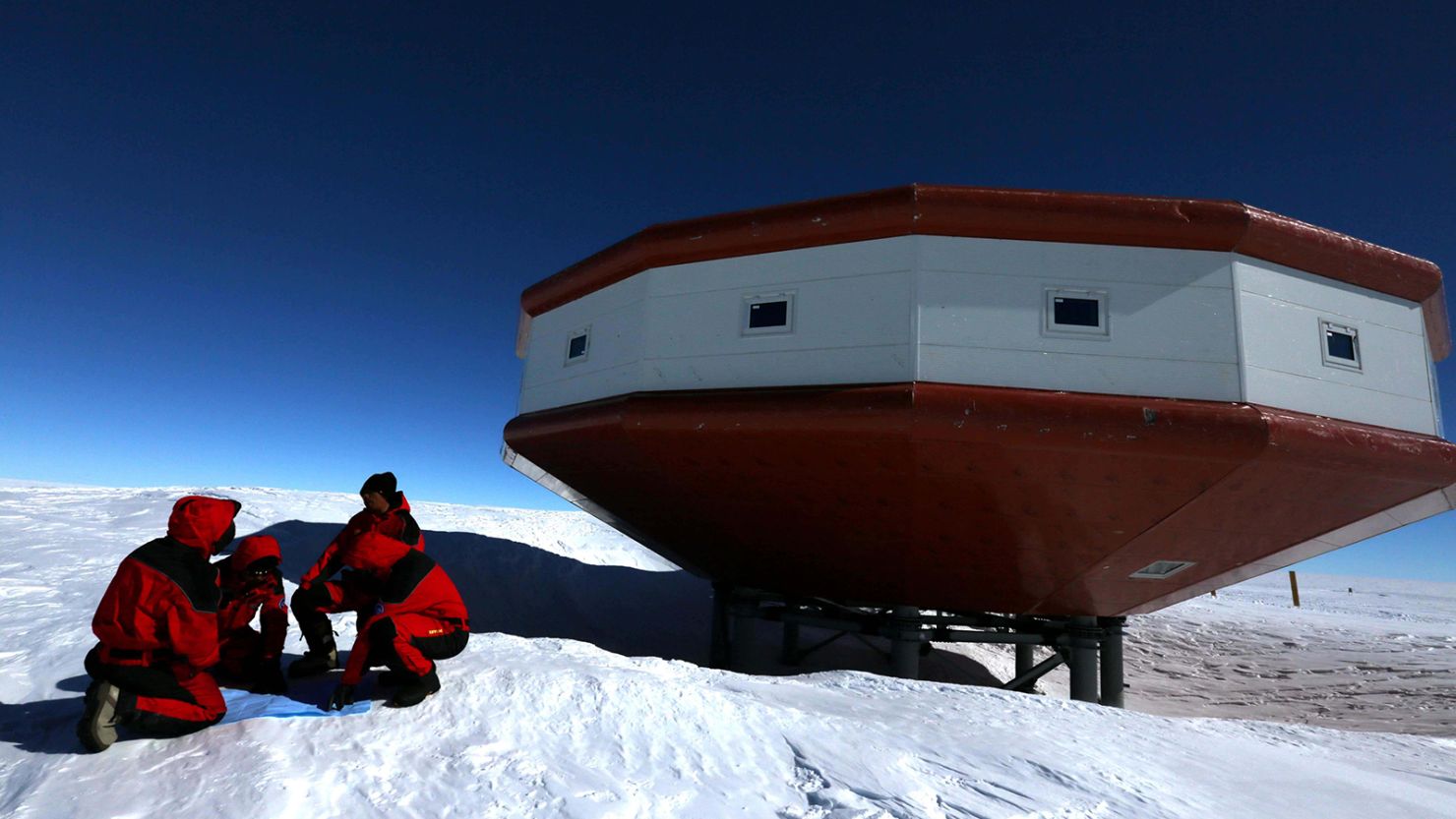China is making “significant progress” building the country’s fifth research facility in Antarctica after a several years-long lull in construction, according to a report by the Center for Strategic and International Studies (CSIS).
New support facilities and groundwork for a larger structure have appeared at the site following several years of dormancy after construction began in 2018, the Washington-based think tank said in a report released Tuesday.
The findings were based on satellite imagery taken in recent months by Maxar.
The site – a research station China has hailed as a means to expand its scientific investigation in the Antarctic – could also be used to enhance the country’s intelligence collection, according to CSIS.
China is far from alone in bolstering its presence and research activities in the frozen continent, where a number of countries including the United States, Britain, and South Korea all operate research stations.
But attention has turned to potential dual-use of China’s facilities amid increasing power competition with the United States and Western concerns about Beijing’s assertive foreign policy and surveillance capabilities.
The new station’s position, on Inexpressible Island near the Ross Sea, is triangulated with China’s other coastal stations on Antarctica to “fill in a major gap in China’s coverage” of the continent, and could support intelligence collection given its inclusion of a satellite ground station, according to the CSIS report.
The station’s position may enable China to “collect signals intelligence from US-allied Australia and New Zealand” and “collect telemetry data on rockets launching from newly established space facilities in both countries,” it said.
Once completed, the 5,000-square-meter (53,820-square-foot) station is expected to include a scientific research and observation area, an energy facility, a main building, a logistics facility and a wharf for China’s Xuelong icebreakers, according to CSIS.
In February 2020, a team of US inspectors visited the station, where they were hosted by station leader Wang Zhechao of the Polar Research Institute of China.
They found no military equipment or military support personnel at the site, according to a report of the inspection published by the United States State Department.
Once completed the scientific research at the station would focus on physical and biological oceanography, glaciology, marine ecology, zoology, atmospheric and space physics and geology, the account said, citing a 2018 draft Comprehensive Environmental Evaluation about the project submitted by China to an Antarctic Treaty Consultative Meeting.
China has established four scientific research bases in Antarctica since 1984, according to the Chinese Academy of Sciences.
A 2022 Department of Defense report on China’s military notes that “(China’s) strategy for Antarctica includes the use of dual-use technologies, facilities, and scientific research, which are likely intended, at least in part, to improve PLA (People’s Liberation Army) capabilities.”
China, however has stressed the scientific nature of its ambitions in the region.
In an address to researchers based in polar regions at the start of this year, then-Vice Premier Han Zheng hailed the teams’ contributions to “humanity’s scientific understanding and peaceful use of polar and ocean regions.” Han has since been appointed China’s vice president.
Under the 1959 treaty Antarctic Treaty, to which China is party, activities on the continent are restricted to “peaceful purposes.”
Military personnel are allowed to conduct scientific research, but may not set up bases, test weapons of carry out maneuvers.





